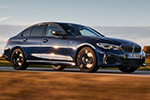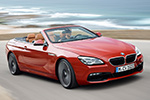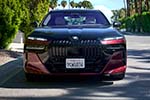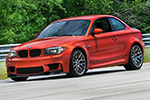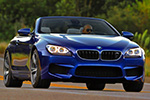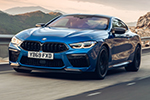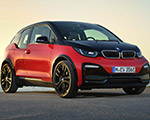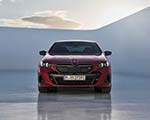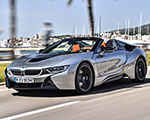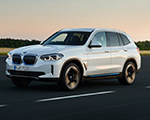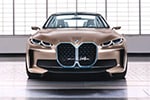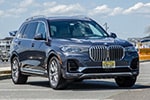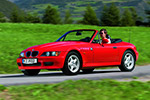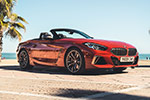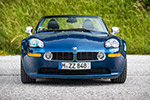BMW and seven other automakers inked a deal in July 2023 to create IONNA. In case the name doesn’t ring a bell, it’s a joint venture to build a high-powered charging network for electric vehicles across North America. The first IONNA Rechargery broke ground in early October 2024. Fast-forward to February 2025, and IONNA is celebrating its full-scale national release.
Up until now, it had been in a testing phase, during which 4,400 charging sessions were recorded. More than 80 different models juiced up their batteries from the stations, which pumped out almost 63,000 kilowatts of energy. During the trial phase, the team behind the IONNA network improved both the hardware and software for a better customer experience.
There are over 100 contracted sites nationwide, and the aim is to build more than 30,000 charging bays within the next five years and have over 1,000 charging bays live by the end of 2025. This week, new Rechargeries are opening in Houston, Texas, and Abilene, Kansas. Seven additional locations are currently under construction, including one in Willcox, Arizona. IONNA is also inaugurating its headquarters and Customer Experience Lab in Durham, North Carolina.
BMW joined forces with General Motors, Honda, Hyundai, Mercedes-Benz, Kia, Stellantis, and Toyota to build IONNA. Using NACS and CCS plugs, the Rechargeries operate at 400 kW and can charge two cars simultaneously. That means you can charge an EV at up to 200 kW.
Let’s remember that BMWs will eventually gain access to Tesla’s vast Supercharger network. Last month, someone spotted an i5 with a CCS-NACS adapter. However, more than a year after an announcement about Supercharger access and the adoption of the NACS port, official adapters are still not out. There are also no BMWs with a built-in NACS port, but we’ve heard facelifted models and next-gen cars might get it.
BMW initially planned to roll out the CCS-to-NACS adapter in early 2025 but delayed its release until later this year.
Source: BMW



































